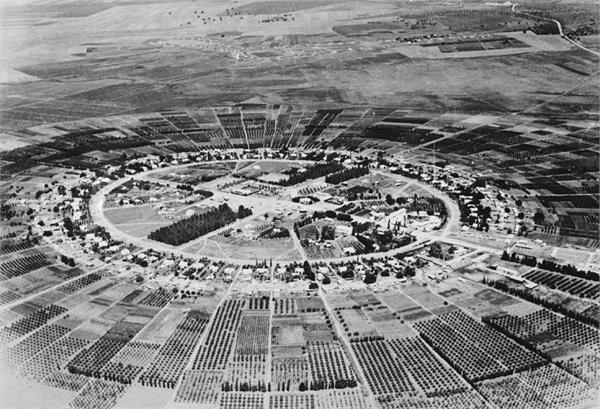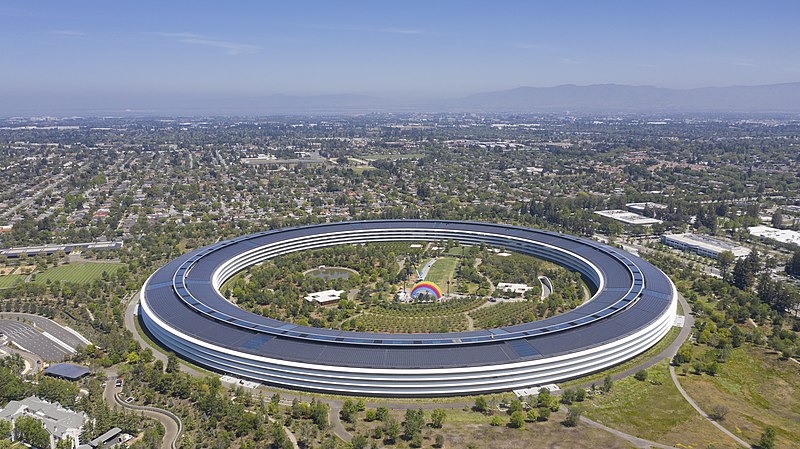What makes a community livable?
When I was newly minted teenager, my parents sent me to live on a kibbutz in Israel for a summer. This was a kibbutz that had a massive dairy farm. I remember sleeping in barracks close to a huge group of cows who would moo all day and night. It smelled like shit - all the time. Yet it was the happiest experience of my life. Eating and joking with random strangers in the dining room. Drinking gallons of fizzy bubbly every day from the endless supply. Buying my very first Magnum ice cream bar at the kibbutz's commissary. And at night, the beautiful nights, hanging out at the bonfire with the exhausted kibbutzniks. The crackling on the fire lighting up the star filled sky. I never wanted to it to end.

Let's create a new kind of city that people will be happy to live in. Can we challenge conventional wisdom about how a city should work, what living spaces should look like? How people interact with each other?
These were questions asked by the early Zionist movement. Initially two types of utopian communities were established in the land of Israel. The kibbutz is a community where people live together, eat together, and share everything. They are true communists. Hundreds of kibbutzim were formed in Israel. The more capitalist moshav share capital and business concerns but families still own private property.

Any attempt to replicate the kibbutz outside of Israel has failed. Some would say replicating the kibbutz in Israel has also failed - most went bankrupt or had to go private. It is an institution of a time, place, and circumstance. I'm not going to address the sociology that made the kibbutz work in this post. Regardless, can we do better than the modern world where people don't even know their neighbors?
The Experimental Prototype Community of Tomorrow (EPCOT) was another attempt. EPCOT was envisioned by Walt Disney (the man) as a "real city that would never cease to be a blueprint of the future". Walt Disney's video on EPCOT is a worthwhile watch:
This was another circular cityscape where the center contained a big commercial center and the outer rim had a suburban area. Transport was done with "people movers" and monorails. Walt Disney was very serious about this idea. The original land purchase in Orlando was mostly to build EPCOT. As he lay in his deathbed from lung cancer, he did not care about what would happen to Mickey Mouse. He cared about EPCOT. That's all he could think about. Visions of EPCOT filled the ceiling of his hospital room. But it was not to be so.
In this proposal we'll take ideas from the kibbutz and from EPCOT. Walt Disney had great ideas on logistics, architecture and overall purpose. The kibbutz movement has great ideas on sociology and organization. The combination of both can create something like a futuristic utopia.
First we'll take from the kibbutz. Any kind of organization is only as good as its people. The kibbutz was an exclusive institution. To become a member, you have to be voted in by other members. Typically there is an evaluation period to see how compatible you are. Further, even as a member you had to put in your fair share. Laziness was considered "anti-social behavior" and could be punished like a crime.
Our community should take these ideas. A member should have to be able to work well with other people of the community, contribute, be friendly and social, and so forth. There should be a high level of trust between people who live in this community.
Another thing we'll take from the (original) kibbutz is the lack of family kitchens. The community will have "kitchens for rent", the ability to order food (inexpensively), and community restaurants and other such things. But removing the kitchen opens up a lot of square footage and capital.
I love the circular design of Nahalal where green spaces and parks are in the middle, living spaces are around the circle, and the outside is farms. EPCOT from an architectural perspective reminds me a lot of Nahalal. It's not exactly the same, but it also uses this radial design. This will be a fundamental design. Another good example in the Apple HQ.

This circular design is a beautiful and space efficient design and it looks good even when repeated. So for example the construction materials like curved class can be mass produced in automated factories. The building itself only has to be designed once. This should lower the costs of construction.
EPCOT had people movers and monorails for transport. We can do better today. We can develop from Personal Rapid Transports (PRT) which are like self-driving cars but in a controlled environment. One example of a PRT you have used before is an elevator. A user selects what floor you want to go to and the elevator takes you there. If you are lucky without any other stops. We will take this idea, except we will not allow for stops - everyone has their own personal "elevator". Each apartment will be its own PRT stop, and actually this will be the way (except in emergencies) that you get in and out of your apartment.
How it differs from elevators is a PRT can also move sideways. On the roof of the building there will be a glass "tunnel" that moves clockwise around the building. On the bottom floor, there will be two paths going in opposite directions as such:

We can connect buildings using these criss-crosses. That way our community can grow. In the middle we put parks and pleasant outdoor features. In between buildings, we will put farms.
Like EPCOT, the general theme of this community will be progress. The goal will be to automate as much as possible about living, so the members will probably significantly be scientists and engineers.
This could be done in a country with a lot of open land. Or if you think like Elon Musk, it could be something for Mars.